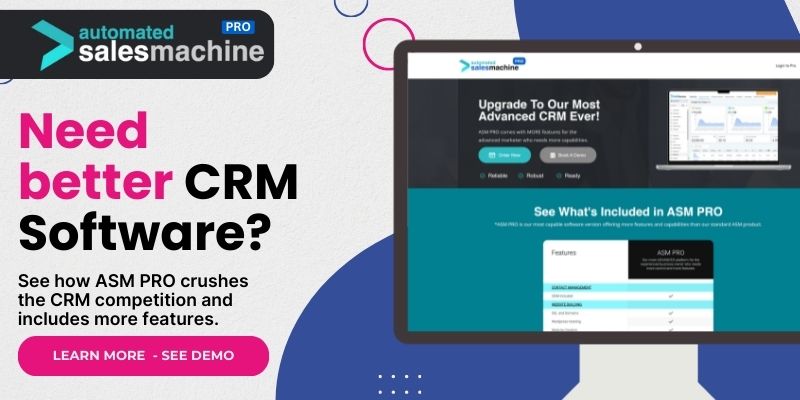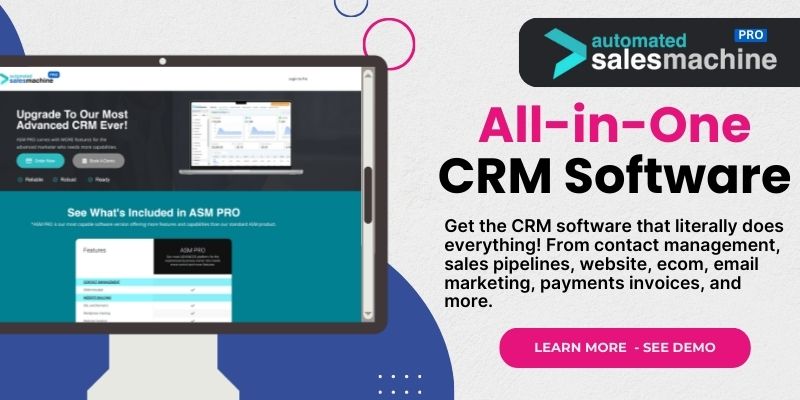Personalized Shopping Experience
Understanding Customer Preferences
One of the coolest things I’ve noticed about Amazon is how they tailor the shopping experience to each customer. They collect tons of data on what you browse, what you buy, and even what you look at but don’t buy. It’s like Amazon knows me better than I know myself sometimes! This gets made possible through their robust CRM systems.
What’s fascinating is that this isn’t just about cookie-cutter recommendations. Amazon uses complex algorithms to analyze this data and create a profile that’s uniquely yours. This means when you log in, you don’t just get random products shoved in your face; you get recommendations that really suit your taste.
It’s not just about shopping history, either. They also consider factors like seasonality and trending products. This way, when you’re looking for a gift around the holidays, you’re likely to see options that are stylish, popular, and just right for whomever you’re shopping for. It’s like having your personal shopper, but better!
Efficient Customer Service
Streamlined Support Channels
Technology plays a significant role in how Amazon keeps its customer service sharp. They have integrated multiple support channels, from chatbots to voice assistance, into their CRM system. This means that whether you prefer texting or talking, Amazon has got you covered.
I remember once I had an issue with my order. I hopped on the chat, and a friendly bot was ready to assist. It felt seamless and quick. The CRM system pulls up my previous orders and even suggests the best solutions based on similar past issues. How nifty is that? It feels like they’re always a step ahead.
Plus, they gather feedback from these interactions, allowing them to continually improve. Every conversation gets logged, analyzed, and informs their customer strategies moving forward. Ultimately, this reduces frustration and keeps customers happier in the long haul!
Data-Driven Marketing Strategies
Advanced Analytics
When it comes to marketing, Amazon doesn’t just roll the dice. They wield a powerful CRM system that utilizes data analytics to shape and target their campaigns. They observe trends, customer engagement metrics, and even how products perform across different demographic segments—essentially, they understand what works and what doesn’t.
Based on this data, Amazon crafts personalized email campaigns that speak directly to you. You might get an email about items that were on your wish list or reminders about subscriptions you may have forgotten. This not only keeps me engaged but makes me more likely to click through and make a purchase.
Their advertising platform is also custom-built to ensure that brands can find their target audience effectively. By leveraging the insights gathered from their CRM, they’re able to offer advertisers a powerful platform to reach potential customers with pinpoint accuracy.
Customer Retention Programs
Building Lasting Relationships
Customer retention is where Amazon really shines. Through their CRM, they track not only purchases but also how often customers return for more. They understand that it’s cheaper to keep an existing customer than to find new ones, which is why they invest heavily in loyalty programs like Amazon Prime.
Being a Prime member gives customers access to exclusive deals, free shipping, and even streaming services. That’s how they keep us coming back! The CRM data helps refine these programs, allowing Amazon to tailor perks that resonate with their audience, leading to a loyal customer base that really does feel valued.
I find that these perks create a sense of community. We’re not just buyers; we’re part of something bigger. It’s almost like being in a club where members get special treatment. And let’s be real, who doesn’t love discounts and free shipping?
Feedback Loop for Continuous Improvement
Leveraging Customer Insights
Lastly, Amazon’s approach to customer feedback is top-notch. Through their CRM systems, they collect feedback from various sources—product reviews, customer service interactions, and even from social media. This gives them a multi-dimensional view of customer sentiment.
They take this information seriously. If there’s a recurring complaint or a feature suggestion, they don’t just sit on it. Instead, they pivot their strategies and make adjustments. This willingness to listen and adapt is one of the reasons they maintain a competitive edge in the market.
From my perspective, it’s inspiring to see a company that’s constantly striving to improve its services based on customer voice. Actually being heard as a consumer makes the experience feel much more personal and engaging, and I think that’s a massive win for everyone involved.
Frequently Asked Questions
1. How does Amazon personalize my shopping experience?
Amazon uses advanced algorithms to analyze your shopping data, allowing them to recommend products that match your preferences and interests based on your browsing and purchase history.
2. What kind of customer support does Amazon provide?
Amazon offers various support channels, including chatbots and voice assistance, all integrated into their CRM to provide quick and effective customer service based on past interactions.
3. How does Amazon use data for marketing?
Amazon uses data analytics from their CRM system to create targeted marketing campaigns, send personalized emails, and optimize advertising for specific customer segments.
4. What incentives does Amazon provide for customer retention?
Amazon’s Prime membership offers benefits such as exclusive deals, free shipping, and access to entertainment services, fostering customer loyalty and encouraging repeat purchases.
5. How does Amazon gather and use customer feedback?
Amazon collects feedback through product reviews, customer service interactions, and social media. This data is analyzed to make informed decisions for continuous improvement in their services and products.

